Kids Competitive Diving Meet Part 4
Teaches beginners basics of competitive diving Part 4. Kids practice approaches, jumps in various body positions, forward dives and back dives. To participate in this class, swimmers must be comfortable swimming in deep water without flotation devices. Diving 1 teaches beginners the basics of competitive diving.
1. Forward group: The diver faces the front of the board and rotates toward the water. Dives in this group vary from simple front dives to difficult forward, four and one half somersaults.
2. Backward group: Dives in the backward group begin with the diver on the end of the board, with his or her back to the water, so as to rotate away from the board.
3. Reverse group: Formerly called “gainers,” these dives begin with the diver facing the front of the board but then rotates toward the board.
4. Inward group: The diver stands on the end of the board with his or her back to the water and rotates toward the board.
5. Twisting group: Any dive that uses a twist (excluding armstands) is included in this group. There are four types of twists: forward, backward, reverse, and inward.
6. Armstand group: The diver assumes a handstand position on the edge of the platform before the dive. (Armstand positions are never used on the springboard.)
BODY POSITIONS:
dive may be performed one of the following 4 positions.
Pike: The legs are straight with the body bent at waist. Like straight position, arm placement is dictated by the particular dive or by choice of diver.
Tuck Body is bent at waist and knees, with thighs drawn to the chest heels kept close to the buttocks. Feet and knees should be kept together and toes should pointed.
Straight: No bend at waist or knees. Depending on dive may be an arch in the back. Arm placement is the diver’s choice or is defined by the dive performed.
Free: Indicates divers option use any of the above 3 positions, or combinations thereof, when performing a twisting dive.
-
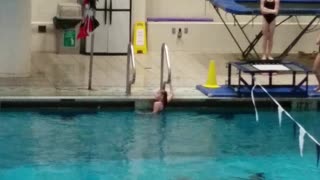 0:08
0:08
FamilyFun
3 years agoKids Competitive Diving Meet Part 3
12 -
 0:40
0:40
FamilyFun
3 years agoKids Competitive Diving Meet Part 4
17 -
 0:12
0:12
SWNS
2 years agoTalented teen diver makes a splash with an incredible 15m (50ft) dive from a springboard
59 -
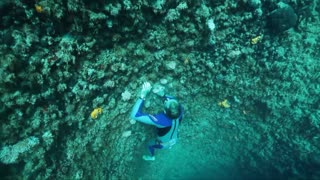 3:53
3:53
snodyertodler
4 years ago $0.01 earnedFree Diving , Skills , Entertaining Diver And Occean Creatures
22 -
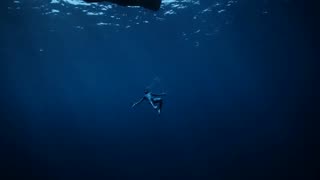 8:57
8:57
SECRETS OF THE SEA
7 months ago😱🤯 MOST AMAZING DIVING IN THE WORLD
139 -
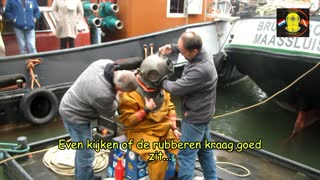 5:17
5:17
keesdehelmduiker
1 year agoHelmet diving demonstrations at Furieade 2017 part 2
2 -
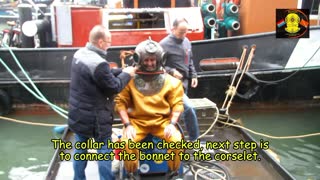 6:39
6:39
keesdehelmduiker
1 year agoHelmet diving demonstrations at Furieade 2017 part 1
1 -
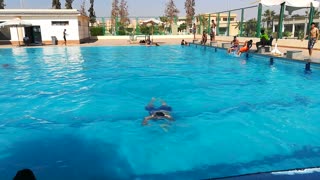 0:23
0:23
SummerSwimming
4 years agoBack Back Swim In Pool By Expert Diver
6 -
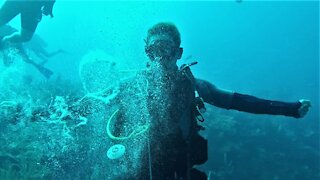 0:24
0:24
BigSexysPlayground
4 years ago $0.44 earnedScuba diver demonstrates impressive underwater bubble ring talent
2.19K -
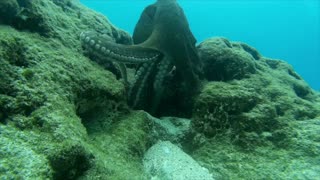 1:19
1:19
duchirtros
5 years agoDiver Footage His Journey Experience Under Ocean
6